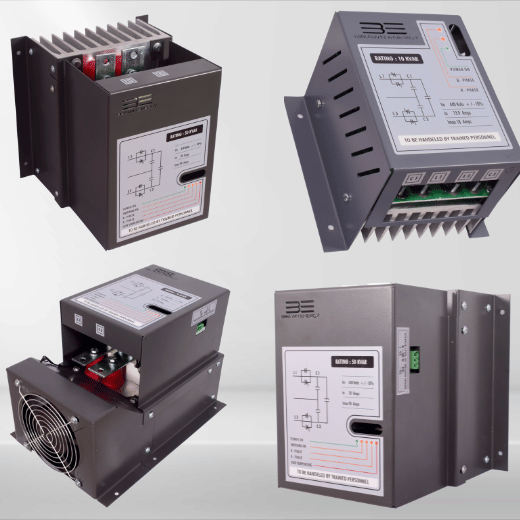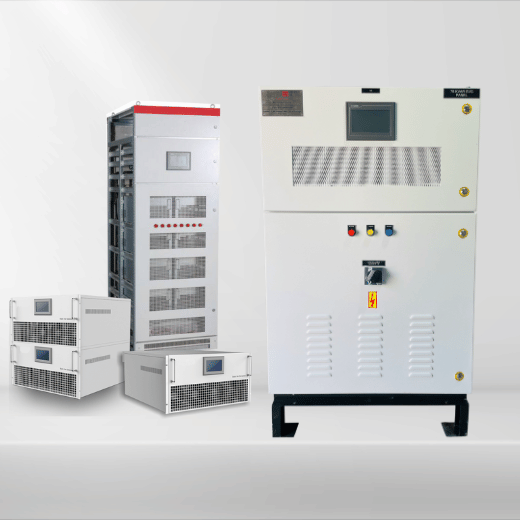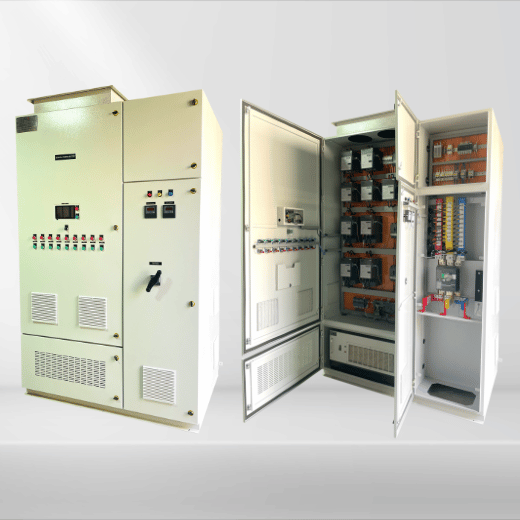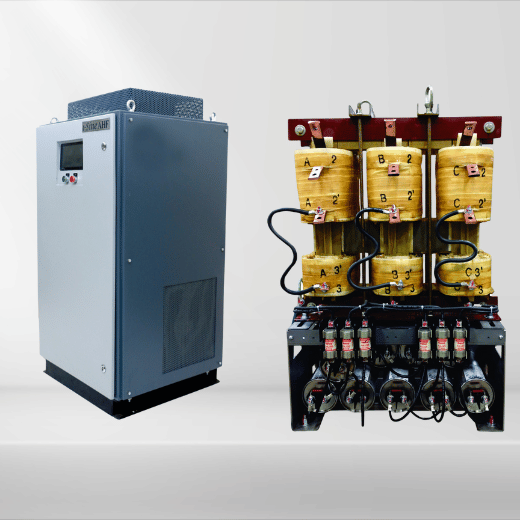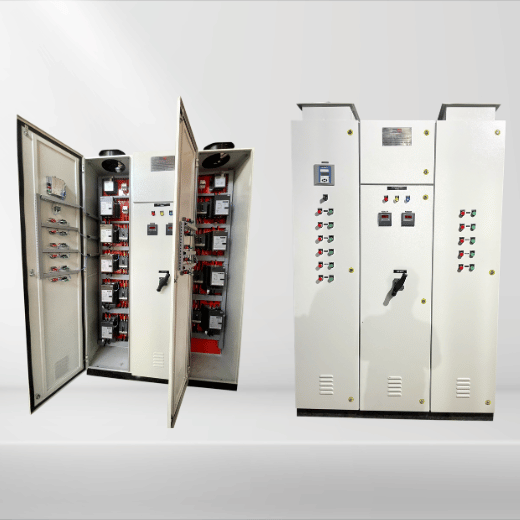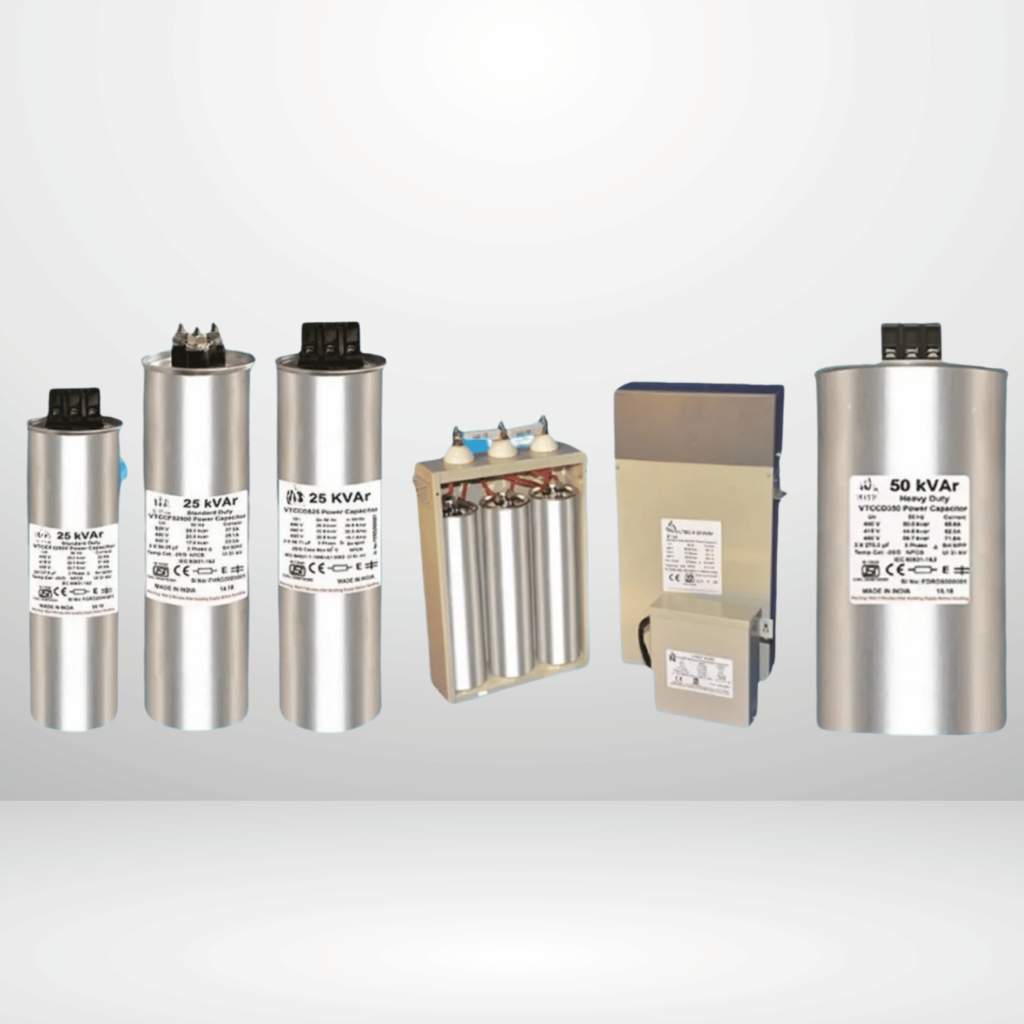
Capacitors MPP / APP
Brawn Energy Offers highly efficient Power capacitors in both types i.e. MPP (Metalized polypropylene type) and APP (All polypropylene type) as per the client requirement. These capacitors are available in Low voltage and medium voltage. We also provide HT capacitors. Power factor correction (PFC) is an essential aspect of electrical engineering that helps enhance energy efficiency, reduce electricity costs, and improve the overall performance of electrical systems. One of the most critical components in power factor correction is the capacitor. Capacitors play a pivotal role in correcting power factor, particularly in systems with inductive loads. This is because inductive loads cause the current to lag behind the voltage, leading to a poor power factor. Capacitors, on the other hand, create a leading current, which can offset the lagging current caused by inductive loads, thereby improving the overall power factor. Capacitors store electrical energy temporarily and release it when needed. In the context of power factor correction, this means that when devices like motors and transformers draw a current that lags the voltage, the capacitors will cancel out the lag with the leading current, thus improving the power factor.
Key Features
Metallized Polypropylene Capacitors (MPP)
- High Insulation Resistance
- Temperature Stability
- Self-Healing Properties
- Low ESL and ESR
Aluminum Polymer Capacitors (APP)
- Compact Design
- High Ripple Current Capability
- Long Lifespan
- Excellent Frequency Response
What Are The Benefits?
One of the most significant benefits is the reduction in electricity bills. Many utility companies impose penalties for low power factor, and improving it can lead to substantial cost savings.
With an improved power factor, the system operates more efficiently. This efficiency is achieved by reducing the apparent power demand, which means less strain on the electrical infrastructure.
By reducing the current flow and associated losses, capacitors help to extend the lifespan of electrical equipment. This reduction in wear and tear translates to lower maintenance costs and fewer equipment replacements.
Improving the power factor frees up capacity in the electrical system, allowing for the connection of additional loads without the need for extensive upgrades
